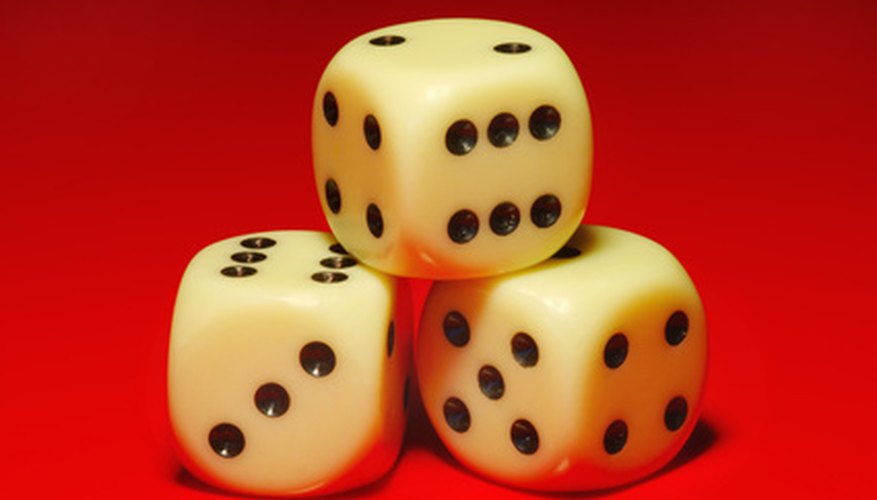bramagupta teaching:
Arithmetic
In Brahmasphutasiddhanta, Multiplication was named Gomutrika. He explained how to find the cube and cube-root of an integer and gave rules facilitating the computation of squares and square roots.
He also gave rules for dealing with five types of combinations of fractions – a/c + b/c; a/c × b/d; a/1 + b/d; a/c + b/d × a/c = a(d + b)/cd; and a/c − b/d × a/c = a(d − b)/cd .
He gave the sum of the squares of the first n natural numbers as n(n + 1)(2n + 1)⁄ 6 and the sum of the cubes of the first n natural numbers as (n(n + 1)⁄2)².
Zero
The most notable innovations that Brahmagupta is remembered for is his look and pursuit of the number zero. Until this time, the zero had not been thought of as a number. He formulated equations that allowed zero to be used in positives and negatives. Although he did not use those specific words, Brahmagupta did follow with the importance in the need of the zero placement. Without the use of zero and its value defined, according to him, arithmetic really had nowhere to go.
Brahmagupta describes operations on negative numbers. He first describes addition and subtraction,
The sum of two positives is positives, and sum of two negatives negative; of a positive and a negative [the sum] is their difference; if they are equal it is zero. The sum of a negative and zero is negative, [that] of a positive and zero positive, [and that] of two zeros zero.A negative minus zero is negative, a positive [minus zero] positive; zero [minus zero] is zero. When a positive is to be subtracted from a negative or a negative from a positive, then it is to be added.
Brahmagupta’s Look at Zero listed:
- Zero minus zero is a zero.
- The product of zero multiplied by zero is zero.
- A debt minus zero is a debt.
- A fortune minus zero is a fortune.
- A debt subtracted from zero is a fortune.
- fortune subtracted from zero is a debt.
- The product of zero multiplied by a debt or fortune is zero.
Brahmagupta states that 0/0 = 0 and as for the question of a/0 where a ≠ 0 he did not commit himself. His rules for arithmetic on negative numbers and zero are quite close to the modern understanding, except that in modern mathematics division by zero is left undefined.


